- (718) 837-3910
- 2720 86th Street, Brooklyn, NY 11223
Free Guide Download
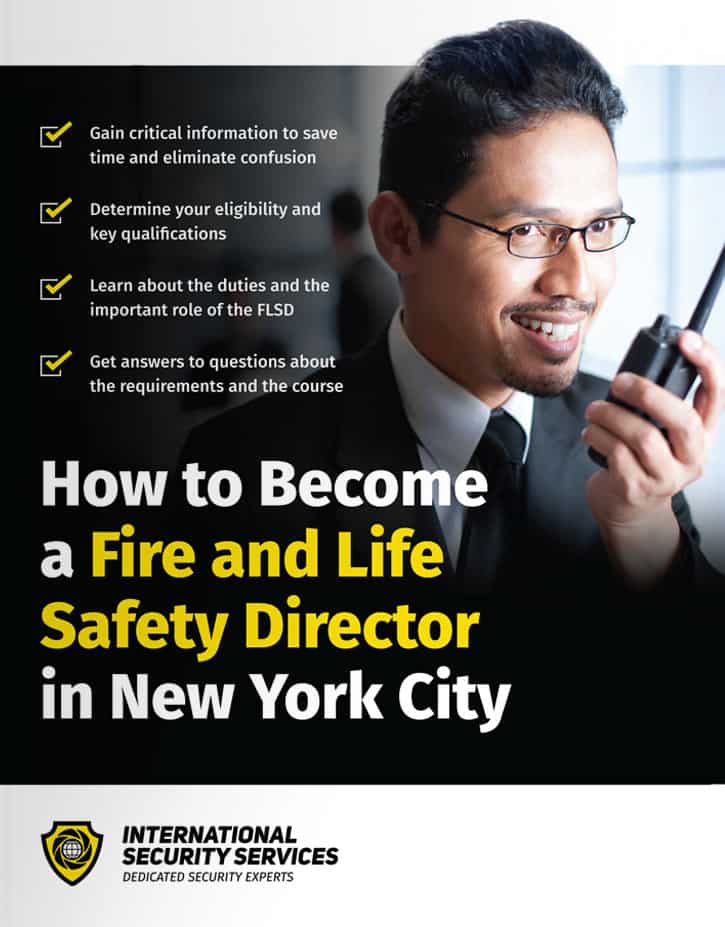
This simple, easy-to-follow guide can provide the information and step-by-step instructions you need to get your fire safety director training and certification and start your exciting new role as a Fire and Life Safety Director. Download it today!
Thank you and congratulations for your commitment to protecting life and property as a New York-certified Fire and Life Safety Director. As an FLSD, you will play a vital role in protecting the residents and buildings of this city against fire, natural disasters, potential terror attacks, and more. Your dedication and expertise will help people in the building or buildings you serve learn how to respond in emergencies and protect themselves and others. There are few more noble callings, and we are proud to provide you with your copy of “How to Become a Fire and Life Safety Director” to help you with the journey. The entire team at International Security Services and the ISS Fire Science Institute looks forward to welcoming you into the ranks of New York’s fine fire safety professionals.
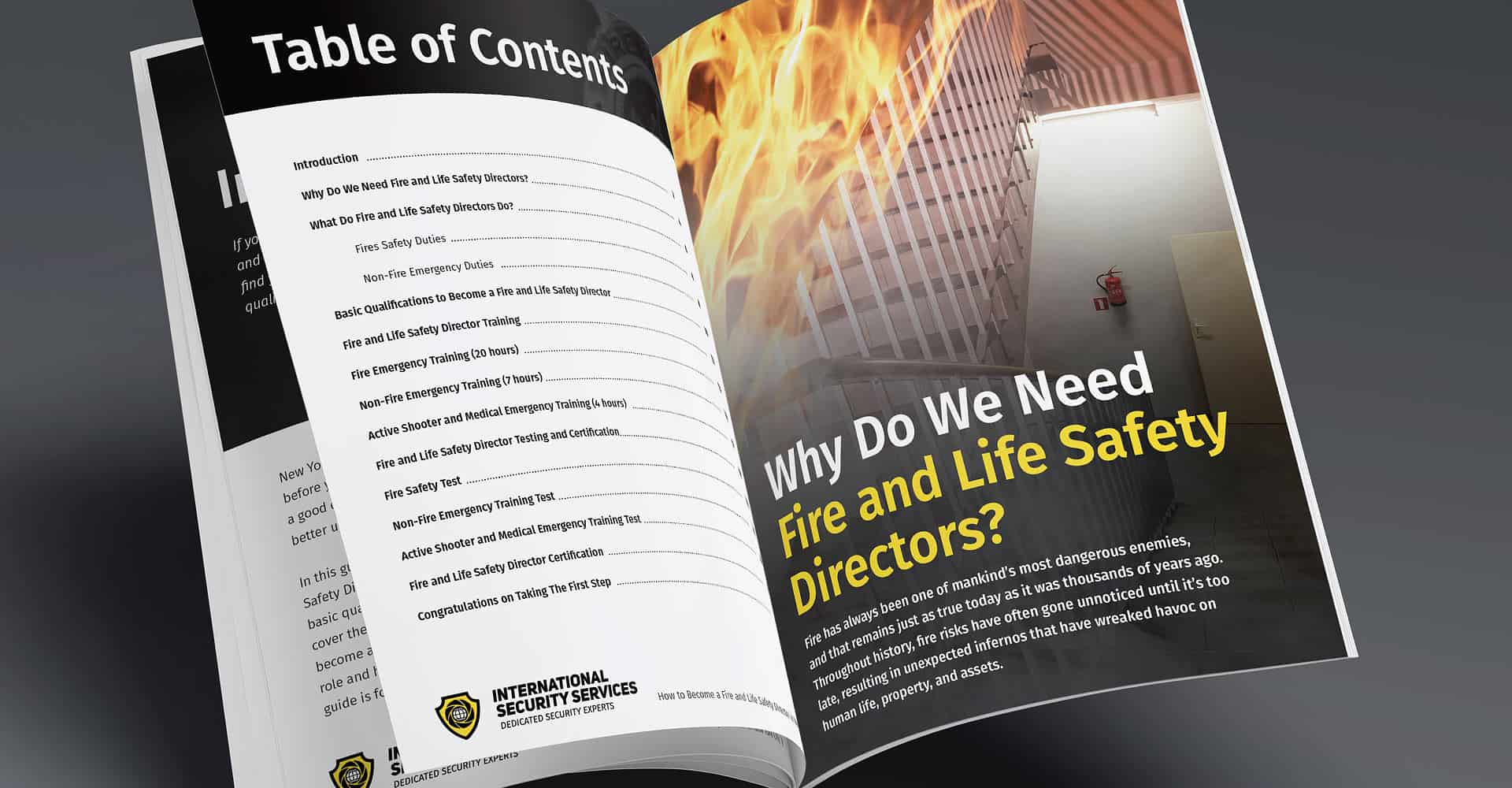
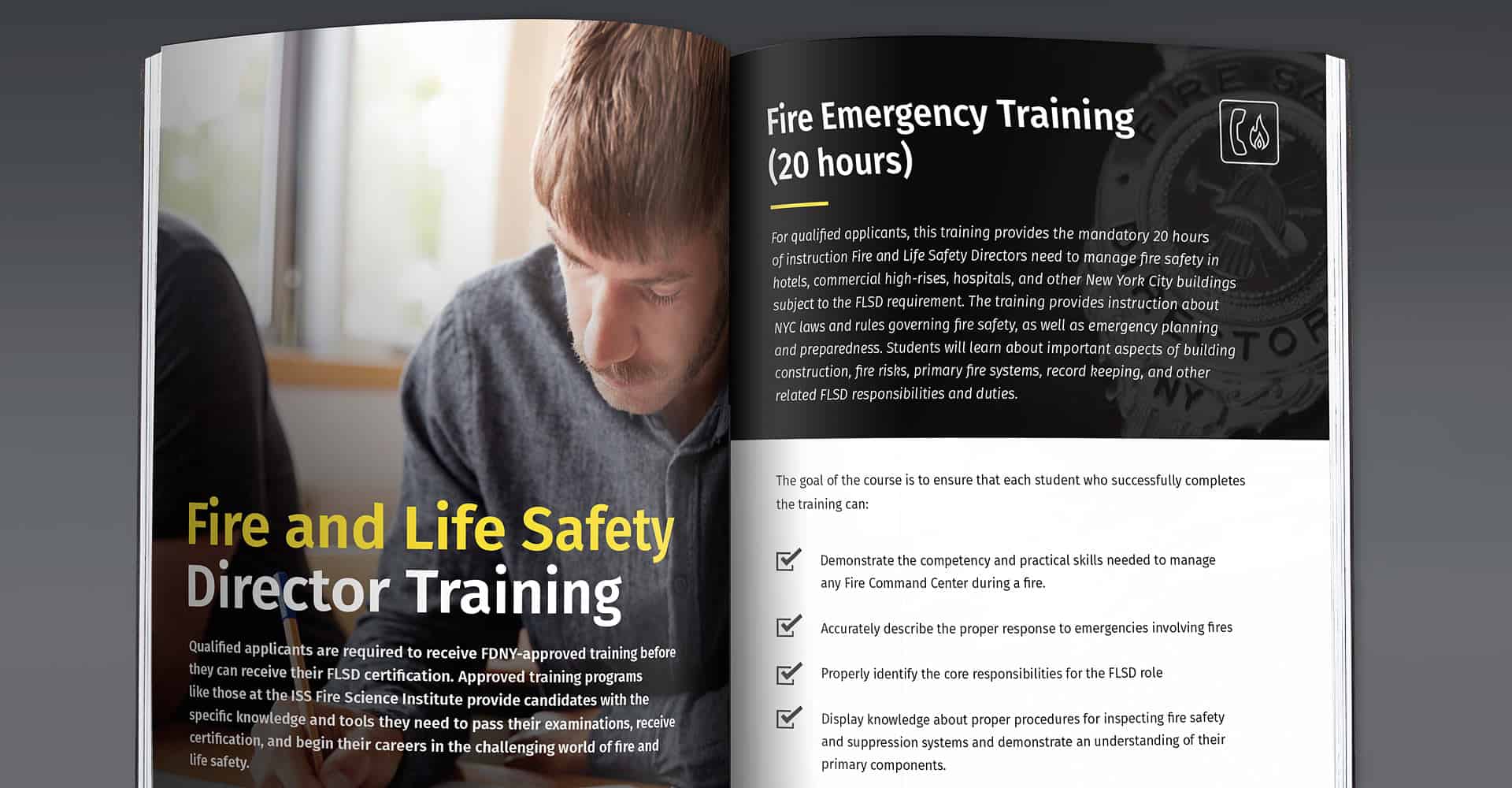
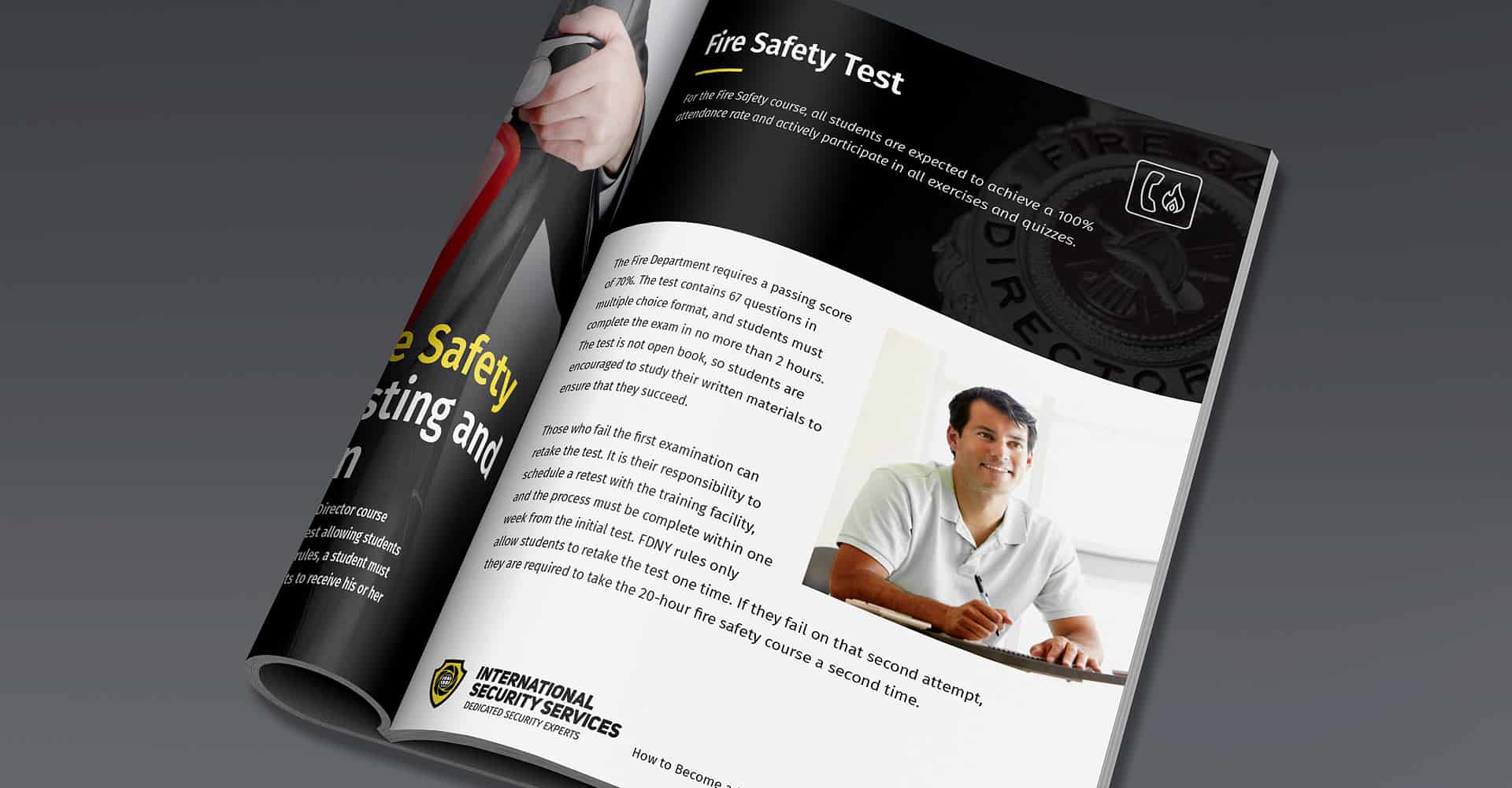
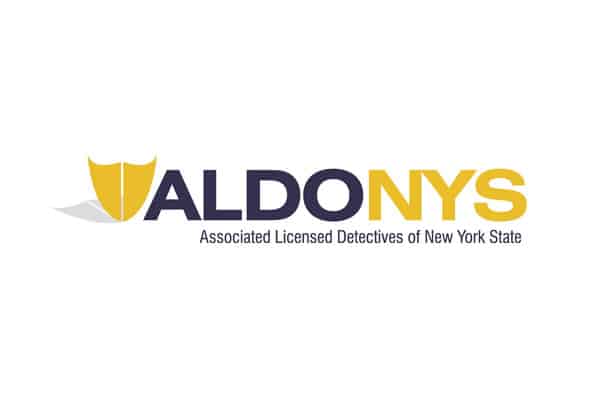
Associated Licensed Detectives of New York State
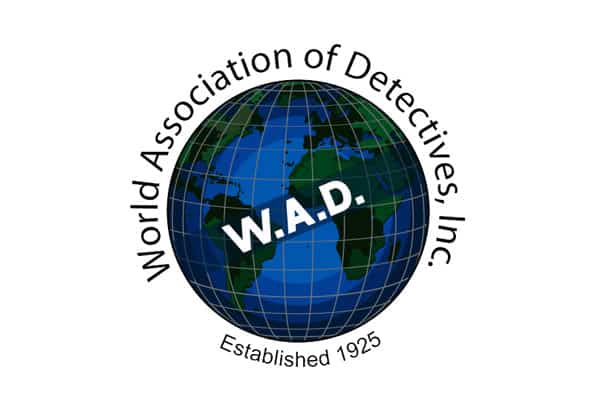
World Association of Detectives
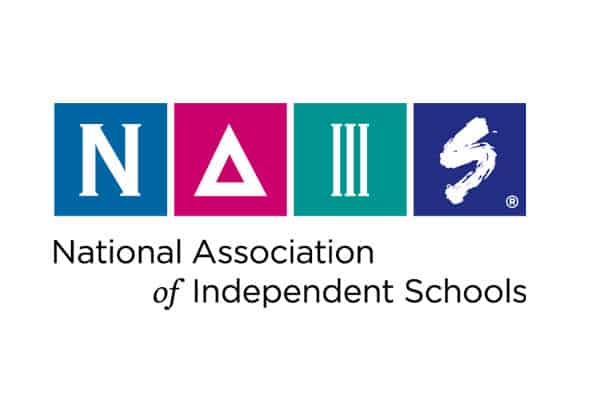
National Association of Independent Schools
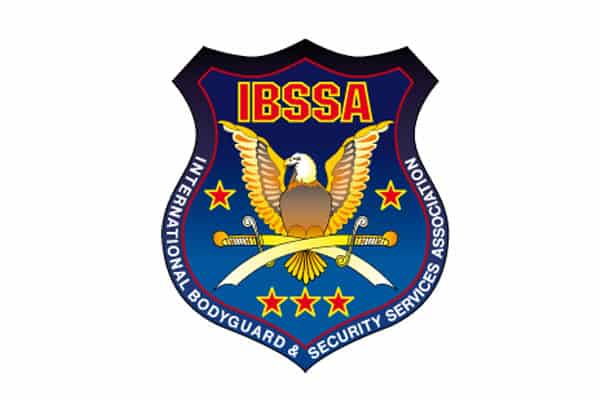
International Bodyguard & Security Services Association

Brooklyn Chamber of Commerce
Get the latest industry news updates and our special offer notifications conveniently in your inbox!
International Security Services, Inc. is New York City’s premier provider of executive protection and security guard services, personal and business investigations throughout New York and overseas, firearm permit consultations, background checks, and approved training for Fire Life Safety Directors and armed or unarmed security guards.
(By appointment only)
(By appointment only)
International Security Services, Inc. © 2024 All rights reserved. This business is licensed by The New York State Department of State Division of Licensing Services.
Download Our Free Guide and Learn How to Become a Fire & Life Safety Director in NYC
Subscribe for help and advise on becoming a Fire and Life Safety Director, starting with this free guide. Unsubscribe with one click at any time.
We hate SPAM and promise to keep your email address safe. Here’s our privacy policy.

Your site’s individualized property evaluation report contains information and analysis that you need to properly manage your site’s security needs. That information includes detailed analysis of the crime rate in your area, site access and parking protocols, and existing security infrastructure. Interior inspection includes analysis of emergency exits, fire suppression capabilities, and alarm infrastructure for emergencies. Exterior inspection includes analysis of structural defects, property lighting, and potential vulnerabilities in building access.
In addition to those inspections, our analysis also considered environmental factors, potential risks from older trees, outside property maintenance, and nearby crime that may overflow to the area. We also examined emergency response planning, including fire evacuation protocols and information supplied to residents about proper evacuation process.
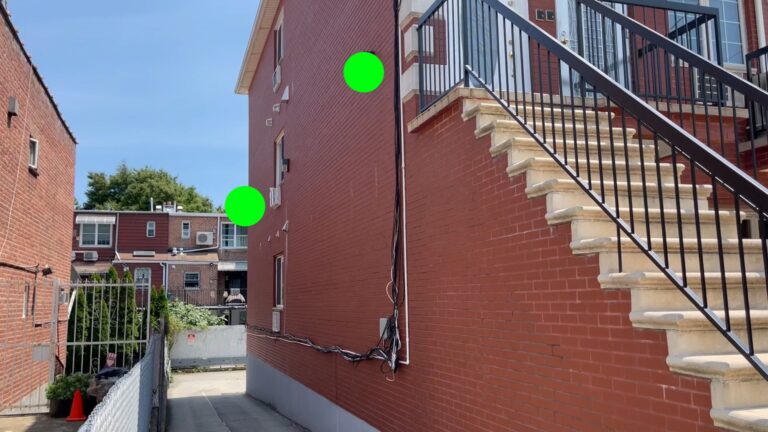

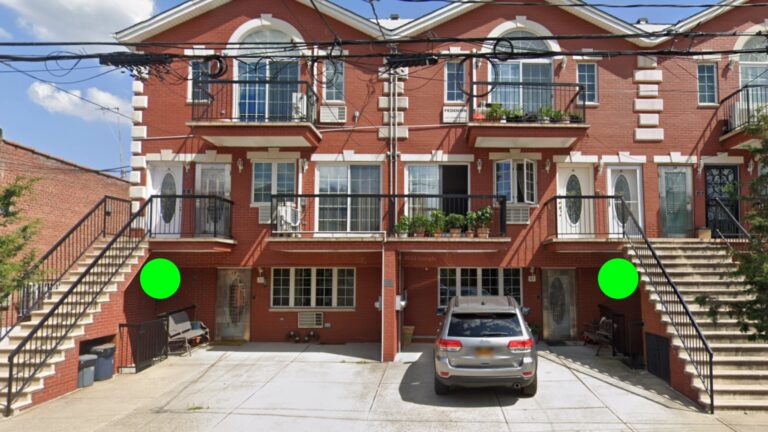
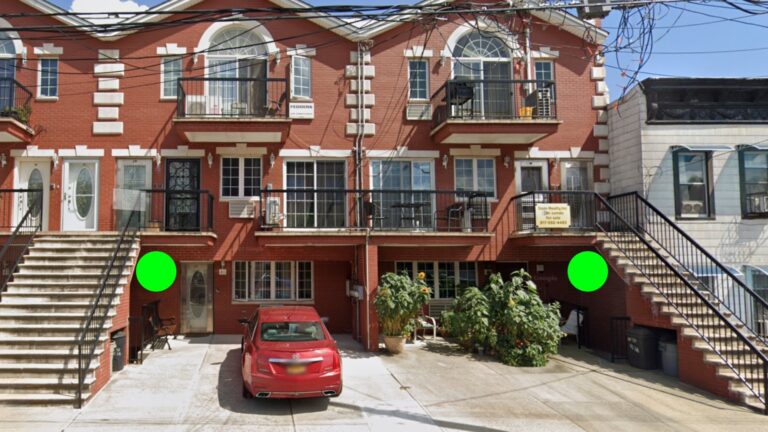
However, a few fundamental problems exist when it comes to access control of the back parking (a big territory). Even though only two issues have ever occurred there, the wide-open access point to that lot may need to be corrected sooner than later as there is a significant uptick in crime in the 62nd precinct.
Furthermore, there are two fundamental surveillance blind spots along the driveway leading to the back parking lot and every common area.
Lastly, however unlikely it may seem, tenants should have resources and a physical guide for situations that may require an evacuation. Whether it be a flood or fire, each tenant should know how to use a fire extinguisher and where to evacuate to during a flood regardless of their proximity to a shoreline.